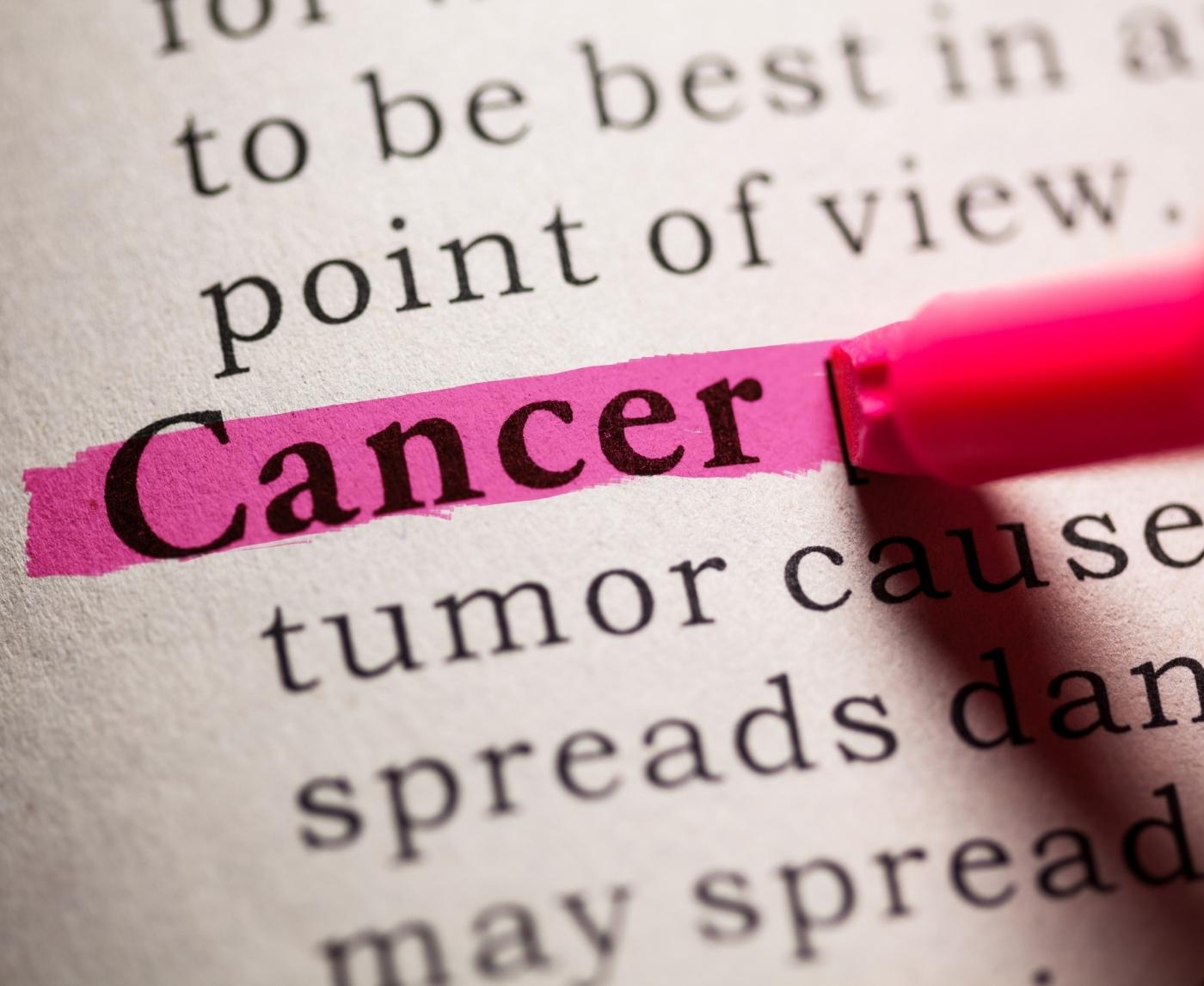Why These Three STDs Are So Dangerous Over Time
Not all STDs are created equal. HPV, HIV, and herpes are uniquely persistent and can linger in the body for years, sometimes silently. What makes them especially risky isn’t just their prevalence, but what they do to your immune system and your cells.
- HPV can directly alter the DNA of infected cells, leading to cancerous mutations, especially in the cervix, anus, penis, and throat.
- HIV suppresses the immune system, which weakens your body’s ability to detect and destroy precancerous cells.
- Herpes (HSV-2) doesn’t cause cancer on its own, but it increases inflammation and may accelerate the cancer-causing effects of HPV.
Unlike bacterial STDs like chlamydia or gonorrhea, which are often curable with antibiotics, viral STDs stay with you. Their long-term impact isn’t just about flare-ups or symptoms, it’s about what they’re doing on a microscopic level.
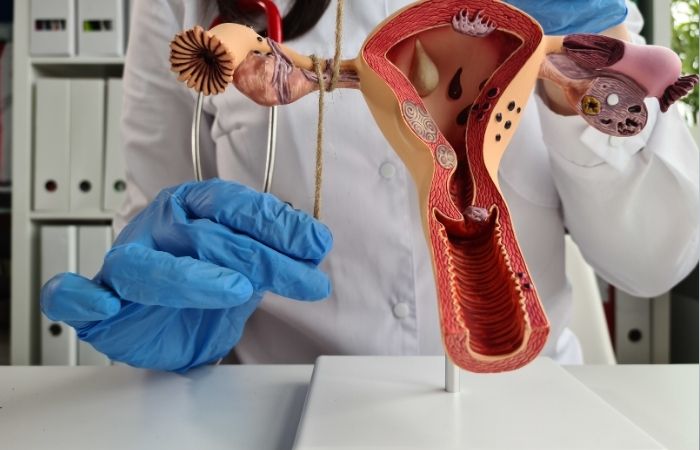
People are also looking for: Does HPV always cause symptoms?
The Science: How Viral STDs Cause or Amplify Cancer Risk
Let’s get into the biology. Cancer happens when normal cells mutate, start multiplying uncontrollably, and avoid destruction by the immune system. Viral STDs create the perfect storm for this:
- HPV produces proteins that interfere with tumor suppressor genes (like p53), allowing infected cells to keep dividing unchecked.
- HIV reduces immune surveillance, making it easier for other infections, like HPV, to persist and do damage.
- Herpes (HSV-2) causes chronic inflammation at the site of infection, which may increase the chance of DNA damage in nearby cells.
Coinfections are a major concern. For example, a person living with both HIV and HPV may be at significantly higher risk for anal or cervical cancer than someone with either virus alone. The good news? We have the tools to catch these risks early, starting with testing.
Real People, Real Risks: What Happens When You Catch It Early
Case Study: "Jay," 36, New Jersey
Jay had no symptoms, just a gut feeling. He ordered an at-home test after learning that HPV could cause throat cancer. The results?
High-risk HPV detected. His doctor scheduled a follow-up exam, which uncovered early-stage precancerous cells in his throat. Laser ablation removed them before they could grow into something worse.
Case Study: "Lucia," 41, Miami
Lucia had been living with herpes and HIV for years but never realized her risk for cervical cancer was higher. During a routine screening, doctors found abnormal cells. Her care team started enhanced monitoring, and now she gets Pap and HPV tests every six months.
“If I hadn’t known, I wouldn’t have caught it until it was too late,” she said.
Testing doesn’t just give you knowledge; it gives you a timeline to act. Waiting for symptoms with these infections could mean waiting until the damage is irreversible. Ready to take the first step? Get clarity with a trusted STD Rapid Test Kit, fast, private, and delivered discreetly to your door.
Check Your STD Status in Minutes
Test at Home with RemediumPapillomavirus (HPV) Test

 For Women
For Women Results in Minutes
Results in Minutes No Lab Needed
No Lab Needed Private & Discreet
Private & DiscreetOrder Now $33.99 $49.00
Invisible Doesn’t Mean Harmless: The Symptom Trap
One of the most dangerous aspects of HPV, HIV, and herpes is that they often present with no noticeable symptoms or symptoms that don’t seem serious at first. This false sense of security is exactly how cancer risk sneaks in. Here’s how these infections can hide:
- HPV: Most people never know they have it. It doesn’t cause pain or discharge. Some strains cause genital warts, but high-risk cancer strains are often asymptomatic.
- HIV: Early stages may feel like the flu. After that, the virus can remain silent for years while slowly damaging the immune system.
- Herpes (HSV-2): Many people don’t realize they’ve been infected. Even without visible sores, the virus can still be active and cause long-term inflammation.
Without symptoms, many people skip testing, especially men, who are less likely to be screened for HPV-related conditions. That’s how cancer risk builds, unnoticed and untreated.
Why This Affects Men Just as Much as Women
Cervical cancer dominates the conversation about STDs and cancer, but men are not off the hook. In fact, recent years have seen a spike in HPV-related cancers among men, especially in the throat and anus.
- Oropharyngeal cancer (throat, base of tongue, tonsils) is now the most common HPV-related cancer in men.
- Anal cancer is more prevalent in men who have sex with men, particularly those living with HIV.
- Penile cancer is rare but still linked to HPV infection, especially in cases of poor genital hygiene and uncircumcised men.
And yet, men often go untested, because there’s no routine HPV test for them, and because many don’t see themselves as “at risk.” It’s time that changed. Men deserve prevention, screening, and protection too.
What Testing Can Reveal, and Why It Matters
Testing isn’t just about confirming you have an infection. It’s about getting information early enough to stop progression. When you test for HPV, HIV, or herpes, you’re looking at three things:
- Are you carrying a high-risk strain?
- Is your immune system compromised?
- Do you need follow-up to prevent long-term damage?
Early diagnosis opens the door to:
- HPV vaccination (still effective even after exposure)
- Antiviral treatment for HIV and herpes to lower viral load and inflammation
- Ongoing cancer screening in high-risk populations
If you’re sexually active, regardless of partner count, you should be testing. Even if you feel fine. Especially if you feel fine.
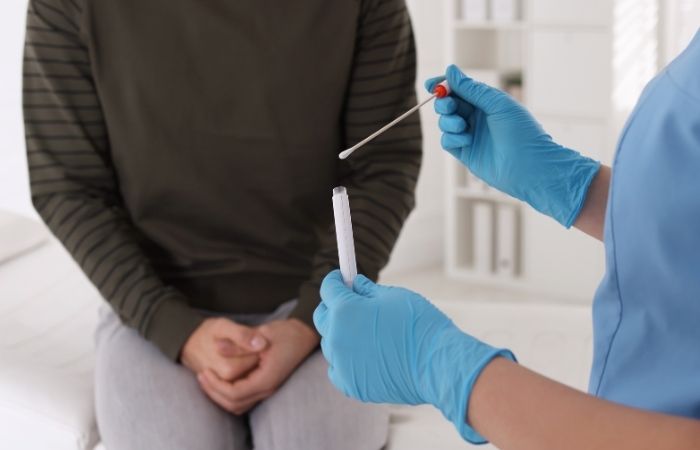
People are also looking for: Does chlamydia always cause symptoms in women?
Prevention Strategies That Go Beyond Condoms
Condoms help. They absolutely reduce the risk of HIV and herpes, and they lower, but don’t eliminate, HPV transmission. But for full-spectrum protection, you need more than latex. You need knowledge. Here’s what works:
- Get vaccinated against HPV if you’re under 45 (and talk to your doctor if older)
- Test regularly, even if you feel healthy, especially if you're not in a monogamous relationship
- Disclose and discuss your status with partners honestly
- Use protection during oral, anal, and vaginal sex
- Follow up on any abnormal test or llesion; don’t assume it’s “just a bump."
Remember: these viruses don’t need symptoms to spread, and they don’t need symptoms to damage your cells. Prevention is protection, but testing is clarity.
Survivor Stories: What Caught It In Time, and What Didn’t
Real lives underscore the truth better than any chart ever could. The difference between detection and devastation often comes down to a single choice: to test, or not.
“Aaron,” 39, Los Angeles
Aaron’s sore throat wouldn’t go away. His doctor suspected allergies, then acid reflux. Months later, a biopsy revealed oropharyngeal cancer linked to undetected HPV-16.
“I’d never even heard of HPV in the throat,”
he said. Surgery and radiation followed. He now uses his story to advocate for oral HPV testing, especially among men.
“Nina,” 28, Atlanta
Nina tested positive for HSV-2 after her first outbreak and thought that was the end of the story. But during an annual check-up, her doctor ordered an HPV screen due to chronic inflammation. Results showed a high-risk strain. With regular monitoring, abnormal cervical cells were caught early and removed.
“Devon,” 45, Toronto
Devon was diagnosed with HIV in his twenties. He stayed on treatment, but no one ever mentioned cancer screening. When he developed persistent rectal bleeding, he finally got checked, stage 2 anal cancer.
“I thought ART protected me from everything. I didn’t realize I was still high risk.”
These stories vary in age, gender, and outcome, but every single one proves the power of early action. Testing didn’t just save lives. It gave people time.
Check Your STD Status in Minutes
Test at Home with RemediumHIV Rapid Test Kit
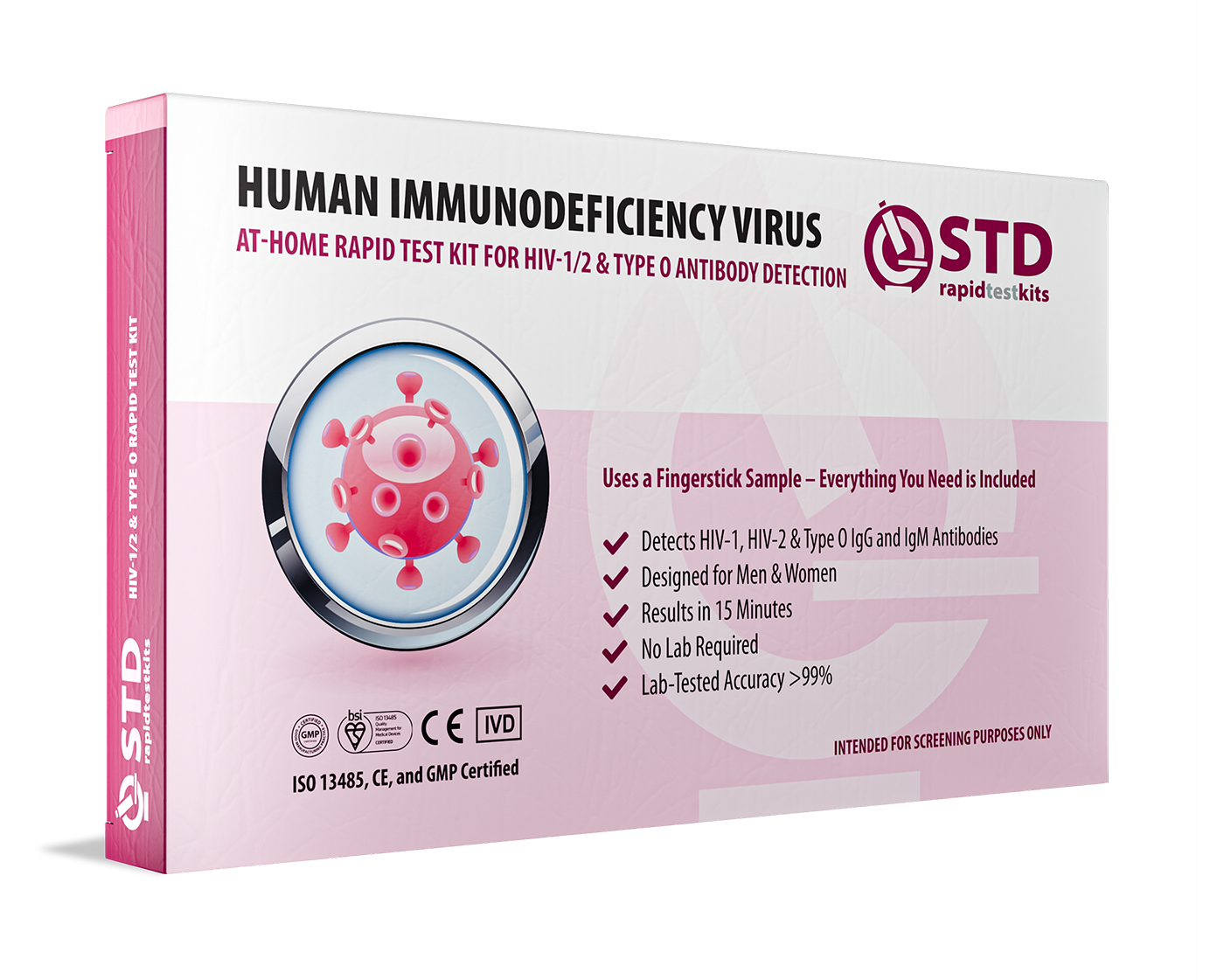
 For Men & Women
For Men & Women Results in Minutes
Results in Minutes No Lab Needed
No Lab Needed Private & Discreet
Private & DiscreetOrder Now $33.99 $49.00
What Experts Want You to Know
Medical researchers and public health experts are getting louder about this issue, but much of the general public still isn’t hearing it. Here’s what the science, and the scientists, are saying:
- HPV is now responsible for more than 90% of anal cancers, 70% of oropharyngeal cancers, and nearly all cervical cancers.
- HIV-positive individuals remain at significantly higher risk for cancer, even with undetectable viral loads.
- Herpes plays an underappreciated role by exacerbating inflammation and suppressing local immune responses near HPV-infected tissues.
According to a recent Journal of Clinical Oncology study, people with both HSV-2 and HPV had faster progression to cervical cancer precursors than those with HPV alone. Co-infections are not just additive; they’re multiplicative. Doctors are now pushing for broader vaccination, earlier testing, and more cancer education during STD consultations. But you don’t need to wait for a doctor to act. You can test yourself at home and follow up based on your results.
The Testing Gap: Why This Isn’t Caught Sooner
Here’s the uncomfortable truth: the healthcare system still doesn’t screen for these cancers equally.
- There’s no routine HPV test for men, even though they’re increasingly affected.
- HIV-positive patients often don’t receive integrated cancer screenings unless they’re in specialized care.
- Herpes is rarely treated as a compounding risk factor, even in gynecological exams.
The stigma surrounding STDs also makes patients less likely to ask for help, and doctors less likely to offer. This silence allows risk to grow. That’s why discreet, at-home STD testing is such a powerful alternative.
The Future of Cancer Prevention Starts in the Bedroom
Let’s face it: we’ve historically treated cancer and STDs like two separate universes. One is “serious,” the other is “embarrassing.” But that’s a false division, and it’s cost lives. Here’s what the next era of sexual health will include:
- Universal HPV vaccination for all genders, all orientations, all income levels
- Routine STD testing for anyone sexually active, not just “high-risk” groups
- Oncogenic viral education, meaning people will actually learn how some STDs trigger cancer
- Self-testing tech that doesn’t require an awkward clinic visit or a 3-month wait
That future is already starting, but only for people who take their first step. If you're ready to take yours, get tested. Not out of fear, but out of power.
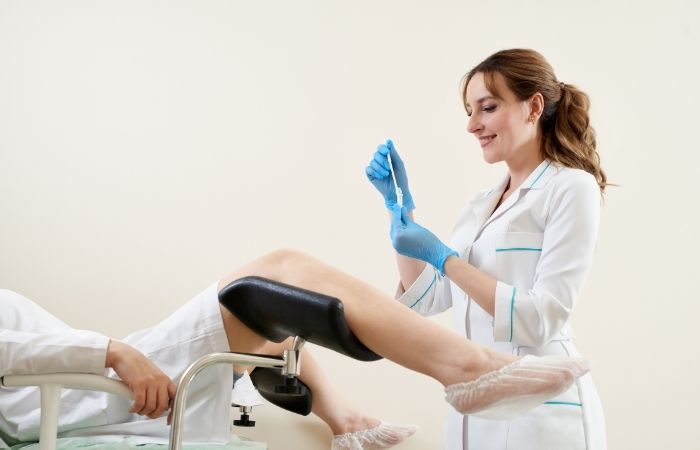
People are also looking for: Could a Monthly Pill End Herpes Outbreaks?
FAQs
1. Can HPV really cause cancer?
Yes. High-risk strains of HPV are responsible for most cervical, anal, and throat cancers. Many infections go unnoticed until damage is done.
2. Does herpes lead to cancer?
Not directly, but herpes can increase inflammation and worsen the effects of HPV, raising overall cancer risk in coinfections.
3. Is HIV linked to cancer?
Yes. HIV suppresses the immune system, making it harder to fight off cancerous cell changes. Common cancers include Kaposi sarcoma and anal cancer.
4. Can I test for these risks at home?
You can test for HIV and herpes at home. HPV testing is available for women, and men should discuss options with a doctor.
5. What cancers are most common from STDs?
Cervical, anal, oropharyngeal (throat), penile, and vaginal cancers are all linked to viral STDs, especially HPV.
6. Do I need symptoms to test?
No. Many people with HPV, HIV, or herpes are asymptomatic. Regular testing is recommended even without symptoms.
7. Is it too late to get the HPV vaccine?
Not necessarily. It’s approved up to age 45. Talk to your doctor, even those older may still benefit.
8. Can you prevent cancer from STDs?
Yes. Through vaccination, antiviral treatment, regular testing, and early intervention, many STD-related cancers can be avoided.
9. What if I already have herpes or HIV?
You should get regular cancer screenings, especially for cervical, anal, and throat cancers. Stay on treatment and keep monitoring.
10. Are combo STD tests worth it?
Absolutely. They help identify multiple risks early, especially when symptoms are absent. Try a multi-STD test kit for full coverage.
Sources
1. National Cancer Institute – HPV and Cancer: Types, Risks & Prevention
2. PMC – Herpes Simplex Virus, Human Papillomavirus, and Cervical Cancer
3. Infectious Disease Advisor – HSV‑2 Linked to High‑Risk HPV Types & Cervical Cancer Risk
5. MDPI – Definitive Co‑infection Impact: HIV + HSV‑2 Drives Elevated HPV Viral Loads & Persistence






